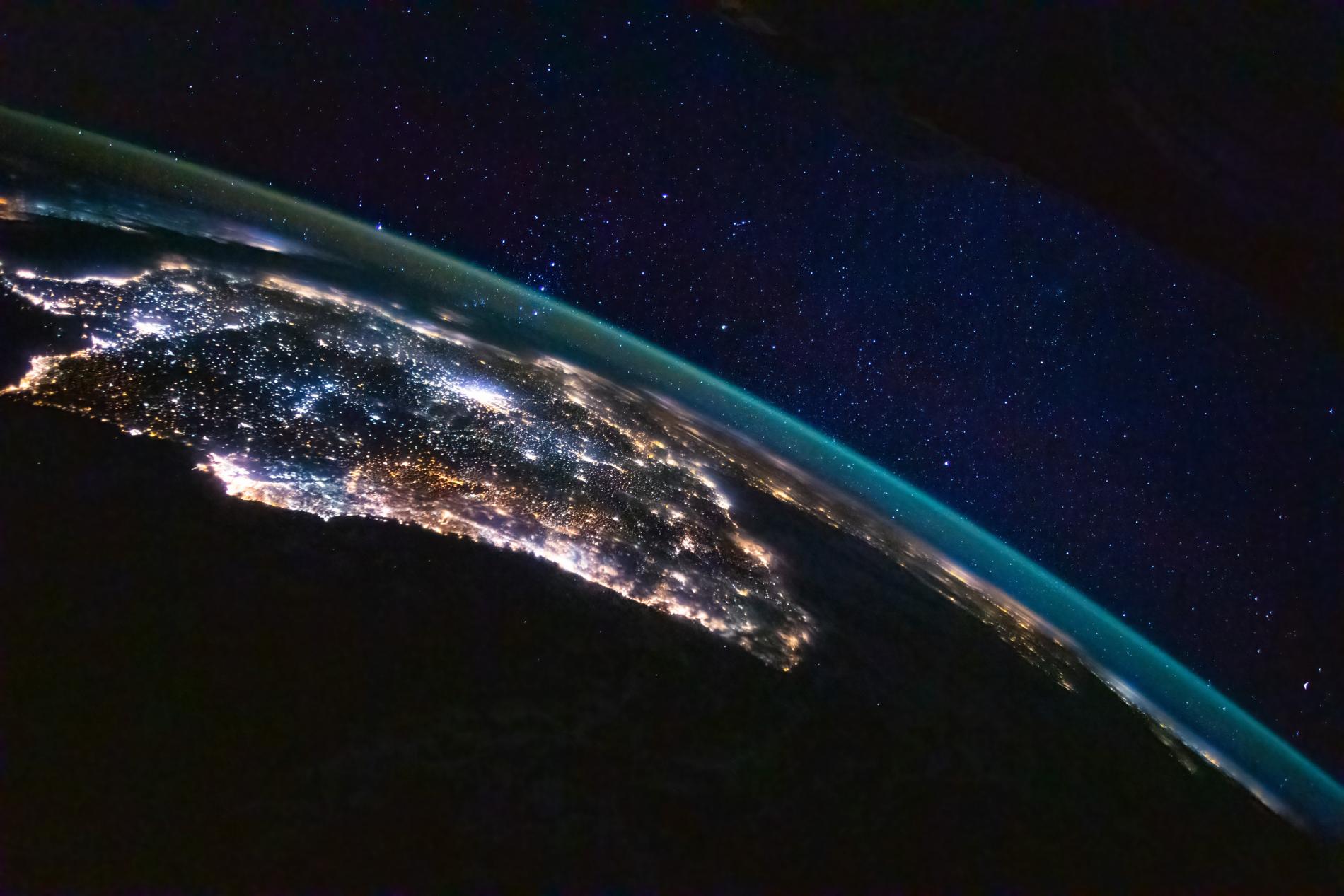Light pollution has increased by at least 49% in the last 25 years
The study only includes data from satellites, very limited for the detection of blue light (the most polluting), so that the real increase can amount to 270% globally. The investigation reveals the seriousness of a problem that, according to experts, will worsen if the draft Royal Decree for energy efficiency is approved according to the current proposal
Light pollution, produced by night lighting, is an environmental problem whose impact on human health and that of ecosystems has been proven. A new study, in which the Institute of Astrophysics of Andalusia (IAA-CSIC) participates through its Sky Quality Office, shows an alarming increase in the last quarter of a century, and at a crucial moment: this week concludes the deadline for allegations to the new Draft Decree Law for energy efficiency, which has received criticism from the scientific field, such as from the Spanish Astronomy Society, and which could worsen the problem in the short term.
"The concern about light pollution arose in the astronomical field, due to the loss of quality of the sky, but we are increasingly getting to know its consequences, beyond the obvious waste of energy," points out Alejandro Sánchez de Miguel, a researcher at the University of Exeter and associate doctor to the IAA-CSIC who coordinates the study. There are studies that show an association between high levels of exposure to blue light at night and an increased risk of breast and prostate cancer, and light pollution is also related to problems in ecosystems, such as the massive disappearance of populations of insects”.
The study, which examined light emissions from 1992 to 2017, highlights the hidden impact of the transition to solid-state light-emitting diode (LED) technology. LEDs emit more blue light than previous lamp technologies, but satellite sensors are blind to blue light and therefore underestimate the level of emissions. "Our study shows that the problem is much more serious than we thought and that we could speak of an increase that could reach 270% worldwide and 400% in some regions", highlights Sánchez de Miguel (U. Exeter, IAA -CSIC).
The findings also show that the use of more efficient technologies has contributed to making the problem worse. This rebound effect has a historical background, in which the increase in lighting efficiency and the reduction in its cost generate an increase in consumption instead of a decrease (dark regions begin to light up or lighting is programmed from dusk). The constant increase in night lighting has caused half of Europe and a quarter of North America to suffer a generalized "night loss", with the consequent modification of the day and night cycles.
The IAA-CSIC Sky Quality Office is analyzing images from the International Space Station to verify or rule out the different possible scenarios. Likewise, a report has just been concluded to provide the latest data available on the matter for the preparation of the next decrees to reduce light pollution, currently in the allegations period, both at the state and regional level.
According to the research team, and in the same line as the statement released by the Spanish Astronomy Society, the new National Decree Law Project for energy efficiency ignores current scientific knowledge, will increase light pollution in Spain and threaten sustainability: The draft establishes excessive maximum lighting values, favors the use of very blue light -the most damaging- instead of promoting warm light, forces the illumination of surfaces that are now dark and prohibits both large reductions in intensity and the shutdown of facilities on schedule low-use, contrary to the trend in neighboring countries.

ANDALUSIAN PERSPECTIVE
The case of Andalusia is globally similar to that of Spain, and the provinces of Granada and Almería are especially sensitive to the problem since they are home to two astronomical observatories associated with the Institute of Astrophysics of Andalusia (IAA-CSIC), the Sierra Nevada Observatory (OSN) and the Calar Alto Observatory (CAHA).
The study of light pollution at the regional level constitutes, among others, one of the objectives of the IAA-CSIC Sky Quality Office, created in 2016. The Calar Alto Observatory, which It represents the largest observatory in continental Europe, has recently joined the Office.
The report recently published by the Office reveals a sustained increase in light pollution in Andalusia. "Although a significant worsening of the observation conditions of Calar Alto and the Sierra Nevada Observatory has not been detected, if the same trend continues, it may lead to damage to the facilities and endanger several protected areas", points out Susana Martín, Director of the IAA-CSIC Sky Quality Office.
Sánchez de Miguel, A., Bennie, J., Rosenfeld, E., Dzurjak, S., & Gaston, K. J. (2021). First Estimation of Global Trends in Nocturnal Power Emissions Reveals Acceleration of Light Pollution. Remote Sensing, 13(16), 3311.
Alejandro Sánchez de Miguel, & Susana Martín-Ruiz. (2021). Gasto en alumbrado público y la contaminación lumínica asociada en España y Andalucía (1.0). Zenodo. https://doi.org/10.5281/zenodo.5524240
Instituto de Astrofísica de Andalucía (IAA-CSIC)
Unidad de Divulgación y Comunicación
Silbia López de Lacalle - sll[arroba]iaa.es - 958230676
https://www.iaa.csic.es
https://divulgacion.iaa.csic.es

